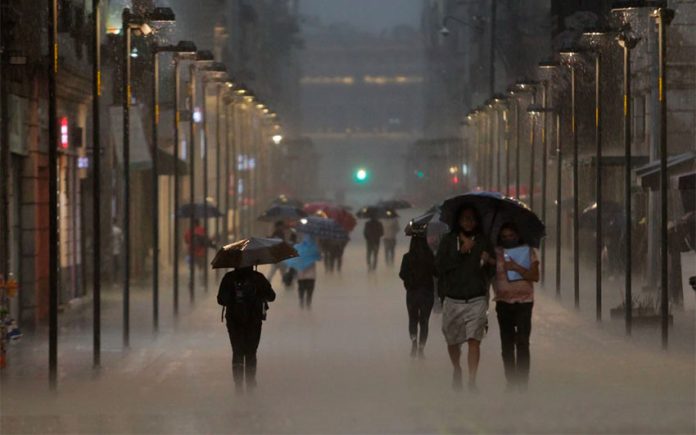On May 12, Mexico City saw more rain fall in four hours than it usually receives in a month. But scientists warn the torrential downpours of recent days may become the exception to the rule. Recent studies show that the Valley of México is at risk for entering into a prolonged drought.
The current rains are due to the La Niña meteorological phenomenon, said Benjamín Martínez, a researcher at the Center for Atmospheric Sciences (CCA) at the National Autonomous University.
Long-term, however, Martínez said that the risk of drought remains.
“In a study that analyzed 2,000 years … it was found that there have been humid periods but also brutal droughts that last not one or two years, like we have seen, but decades or even centuries,” Martínez told a press conference.
In addition, deforestation and changes in land use have diminished water infiltration leading to severe consequences like biodiversity loss and forest fires.
Mexico has been in a state of drought since 2020, with 84% of the country experiencing some level of drought conditions. Conditions vary throughout the country: while the northern states of Sonora and Chihuahua suffer through extreme drought, in the Yucatán Peninsula there is no lack of rain.
Hurricane season, which begins May 15 on the Pacific coast and June 1 on the Atlantic side, will bring some additional relief, Martínez said, reducing the effects of the drought and filling reservoirs, particularly in the north.
The current drought is less widespread than that of 2010-2012, in which 95% of the country experienced drought conditions.
Mexico News Daily
